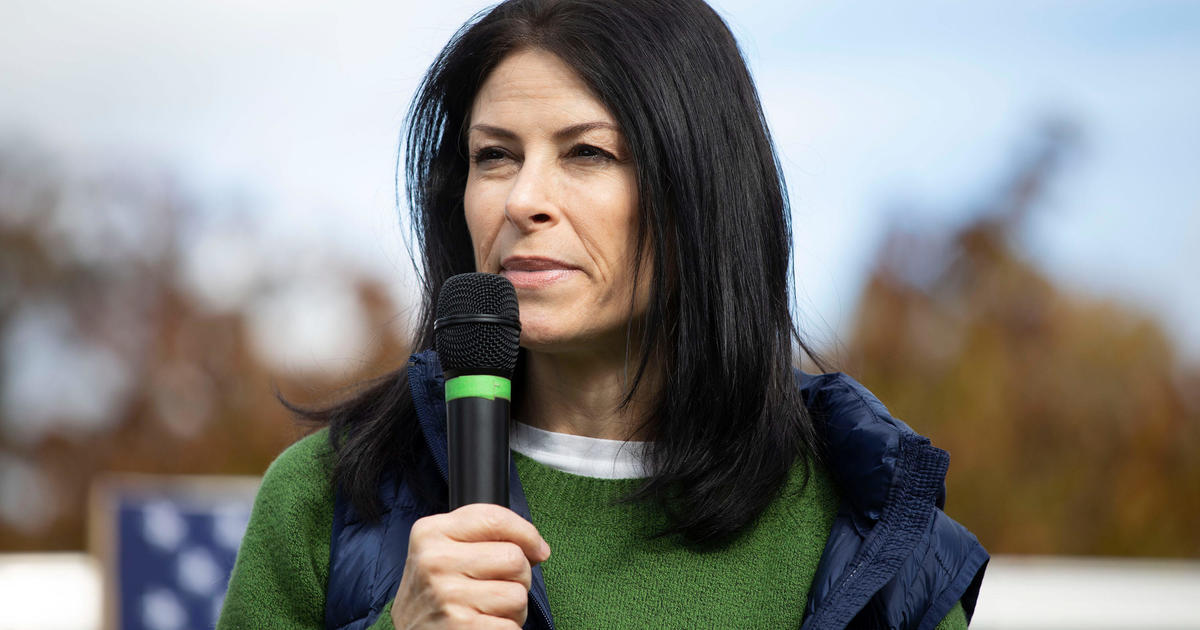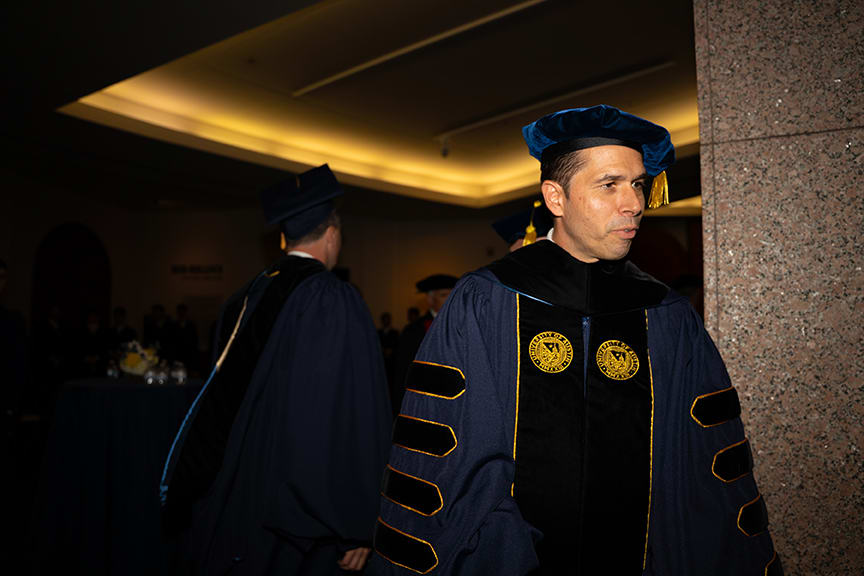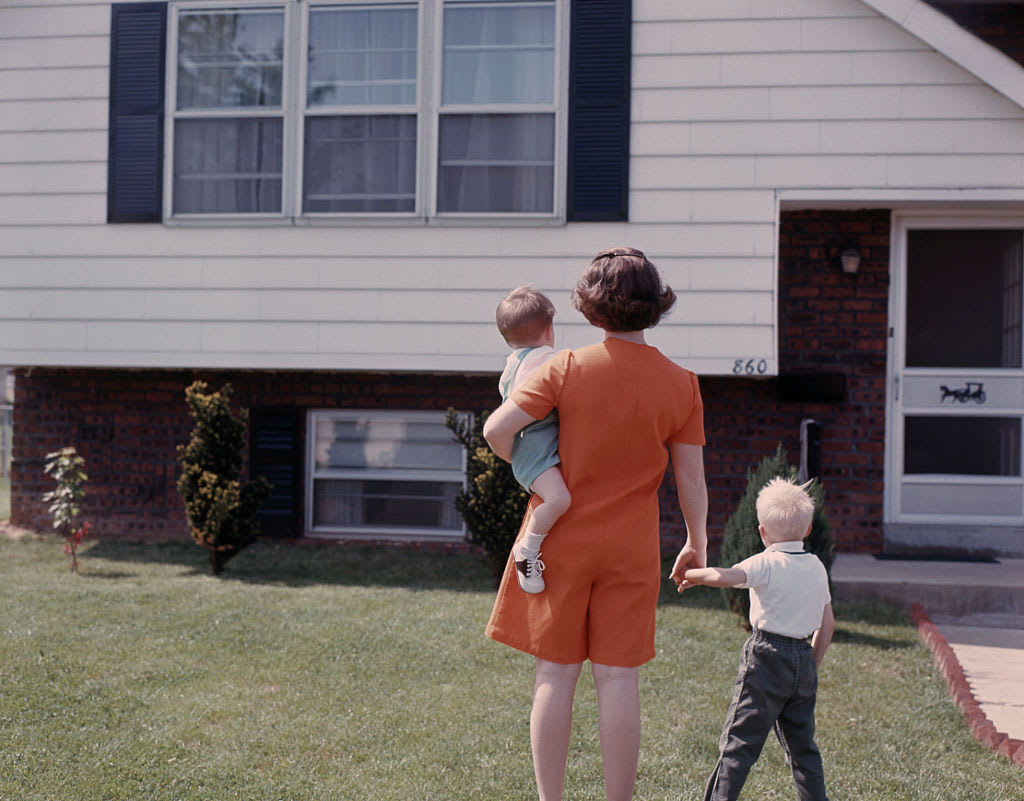In America's "internal colonies," the poor die far younger than richer Americans
Millions of Americans are living in communities mired in "deep disadvantage," mostly rural locations stuck in generational poverty, but where some residents experience health outcomes that shorten average life expectancies to that of poor nations.
These are America's "internal colonies," according to a new book, "The Injustice of Place" (Mariner Books, August 2023), about the geography of poverty.
Researchers and co-authors Kathryn J. Edin, a sociology professor at Princeton University; H. Luke Shaefer, a professor of social justice and social policy at the University of Michigan; and Timothy Nelson, director of undergraduate studies in sociology at Princeton, have taken a deep dive into community-level data to create the "Index of Deep Disadvantage," which combines poverty statistics with health measures, such as life expectancy, to examine trends across the nation.
The resulting map shows huge swaths of deeply disadvantaged locations across the nation's 3,000 counties, places that are mostly located outside of the largest U.S. cities yet which share some traits: A history of resource extraction, unequal educational opportunities, a breakdown of social bonds, violence and local corruption. These locations also were linked to some of the most brutal aspects of U.S. history, from slavery to Appalachia's coal mining practices, the authors note.
The authors and their researchers visited poor locations and talked with residents, and they came away with an observation: These regions effectively operate as "internal colonies" within the U.S., where residents lack access to the same opportunities as other Americans.
"It dawned on us, and we would have had to have been pretty foolish not to have noticed, that these places look like colonies — colonies within the United States," Edin told CBS MoneyWatch. "We call them America's internal colonies, and they really do have this history of extreme exploitation and extraction that you just don't see to the same degree elsewhere in the U.S."
The analysis comes as more researchers are focusing on the impact of geography on poverty, with the Economic Innovation Group earlier this month analyzing communities that suffer from "persistent poverty," or intergenerational impoverishment. That group's analysis found that 35 million Americans live in these regions, or more than 70% higher than earlier thought.
The "internal colonies" analyzed by Edin and her co-authors — Appalachia, the Tobacco Belt of Virginia and the Carolinas, the Cotton Belt in the South and South Texas — share additional economic traits that limit the social mobility of its residents.
"They were all mono-economies, are organized from one industry, and there are very few haves — and scores of have-nots," Edin said. "There was really no middle class."
She noted, "Nobody should be left behind to this extent."
"The most unequal places in our nation"
The researchers opted for the term "deep disadvantage" to describe the intergenerational poverty in these regions because it implies a "moral sense of people being held back unfairly," Edin noted.
The researchers, who previously examined the millions of Americans living on $2 a day, visited more than 130 of the 200 places of deepest disadvantage, going to diners and asking residents to sit with them and share their experiences, or meeting with local leaders. One aspect of these locations that surprised her was that great wealth often sits side-by-side with deep poverty.
"You'd say, 'Oh my goodness, what is this huge mansion doing in the midst of all of these tiny shotgun shacks?'" she recounted. "You think all these places are poor, but what you don't realize is that they are the most unequal places in our nation. Wealth and poverty have always lived hand in hand in these places, but the wealth is in the hands of a very few."
Some of the disadvantaged regions have markedly lower life expectancies than the U.S. as a whole and compared with wealthier counties. Men who live in McDowell, West Virginia, in the heart of Appalachia's coal country, have an average life expectancy of 64 years old, on par with what is found in Bolivia or Ghana.
By comparison, men who live in wealthy counties such as Fairfax, Virginia, or Marin, California, can expect to live to 81 years on average.
"There's nothing to do but drugs"
Appalachia has been devastated by the opioid epidemic. Traveling throughout the region, the researchers heard the same complaint again and again, Edin noted.
"'There's nothing to do but drugs,'" were the things coming out of everyone's mouth and we were like, 'Oh, come on, that can't be important,'" she recounted. "But communities can only protect people if they have the key institutions that allow people to build social bonds, like the bowling alley."
Edin added, "It wasn't that the people weren't going to the bowling alley — it was that there was no bowling alley any longer to go to. And it wasn't just the bowling alley. It was the movie theater, it was the barbershop, it was the beauty salon. The roller rink was sitting vacant."
The finding, which Edin said was one of the most unexpected things they hit upon, is reminiscent of sociologist Robert Putnam's widely lauded 2000 book "Bowling Alone," which explored the collapse of social institutions like bowling leagues and community groups, along with the consequent sense of alienation reported by many Americans.
The researchers counted the activities Appalachian residents engaged in to "test this claim," she noted. "We did find that people did things, but there are almost all these solitary pursuits," like fishing, hunting or watching TV, she noted. "Social infrastructure is as critical a life-and-death matter as is adequate physical infrastructure."
Decades ago, pharmaceutical firms that make opioids had specifically targeted Appalachia, which had a combination of high disability claims and family physicians. That was attractive to drugmakers because people on disability automatically qualify for Medicaid, which meant their prescription painkillers would be covered. And they believed that family physicians would be more likely to prescribe painkillers to their patients. Combining an already sick population with tattered social bonds added fuel to the opioid crisis, the researchers contend.
Segregation academies
Meanwhile, residents in deeply disadvantaged areas in the South still have unequal school systems, which stems from decades of disinvestment in education for Black children, the researchers said. After Brown v. Board of education, which ruled that segregated schools were unconstitutional, many White communities created "segregation academies" — private schools geared for White children.
"They were just everywhere because Whites had degraded Black education to such an extent — Black kids were only getting 4 to 5 months of education a year because of the demands of sharecropping," Edin noted. "Whites couldn't imagine their children sharing schools with Black kids."
But these academies, which still exist, pulled resources away from public schools, while funneling White students into private schools that often lacked rigorous teaching or educational standards.
"Segregation has actually deepened. It's not gotten better," Edin said of these areas.
Meanwhile, poor Southern residents, also feeling the impact of climate change — with stronger storms and punishing heat — are sometimes left out of government aid programs like FEMA's disaster relief because they lack access to paperwork like property titles, the researchers found. Other communities are plagued by gun violence, which is linked to premature death and injuries, and also damages community bonds.
On top of that, funds for poor residents are sometimes siphoned by local corruption, such as in the recent case of fraud in Mississippi, in which officials allegedly stole millions of welfare dollars to squander on pet projects like drug rehab for a pro wrestler.
"A lot of government dollars flow to the local elites, who are the very extractors who will ensure that their pockets are aligned at the expense of the community," Edin said.
Places that work
The U.S. also has regions where opportunity is more equally distributed, many of which are also rural, Edin noted. Such pockets of advantage are largely located in the Midwest in Nebraska, Iowa, Minnesota and Wisconsin.
"These places are just engines of mobility for generations," Edin said. "These are places that work in the way we think America ought to, like they send tons of kids to college. A kid born poor has the same chance of reaching the middle class as a middle-class kid does — and this is the way America is supposed to work."
The defining difference between these counties and America's "internal colonies" can be found in social infrastructure, a strong middle class and lower inequality than in the nation's poorest regions, she added.
The authors have some suggestions for aiding the regions of deep disadvantage, such as raising teacher pay, which would help lift the quality of public education, as well as tackling continued segregation in U.S. schools. More investment in public infrastructure and eradicating political corruption would also help, they note.
"Americans have a lot of fears about people being dependent and living off the government dollar, but they still believe that America should be a place that's fair and where children have an equal chance of getting ahead, no matter what part of the income distribution they grew up in," Edin said. "We're not saying give everyone a handout. We're talking about specific policies that will allow people more of a fighting chance to achieve the American Dream."







